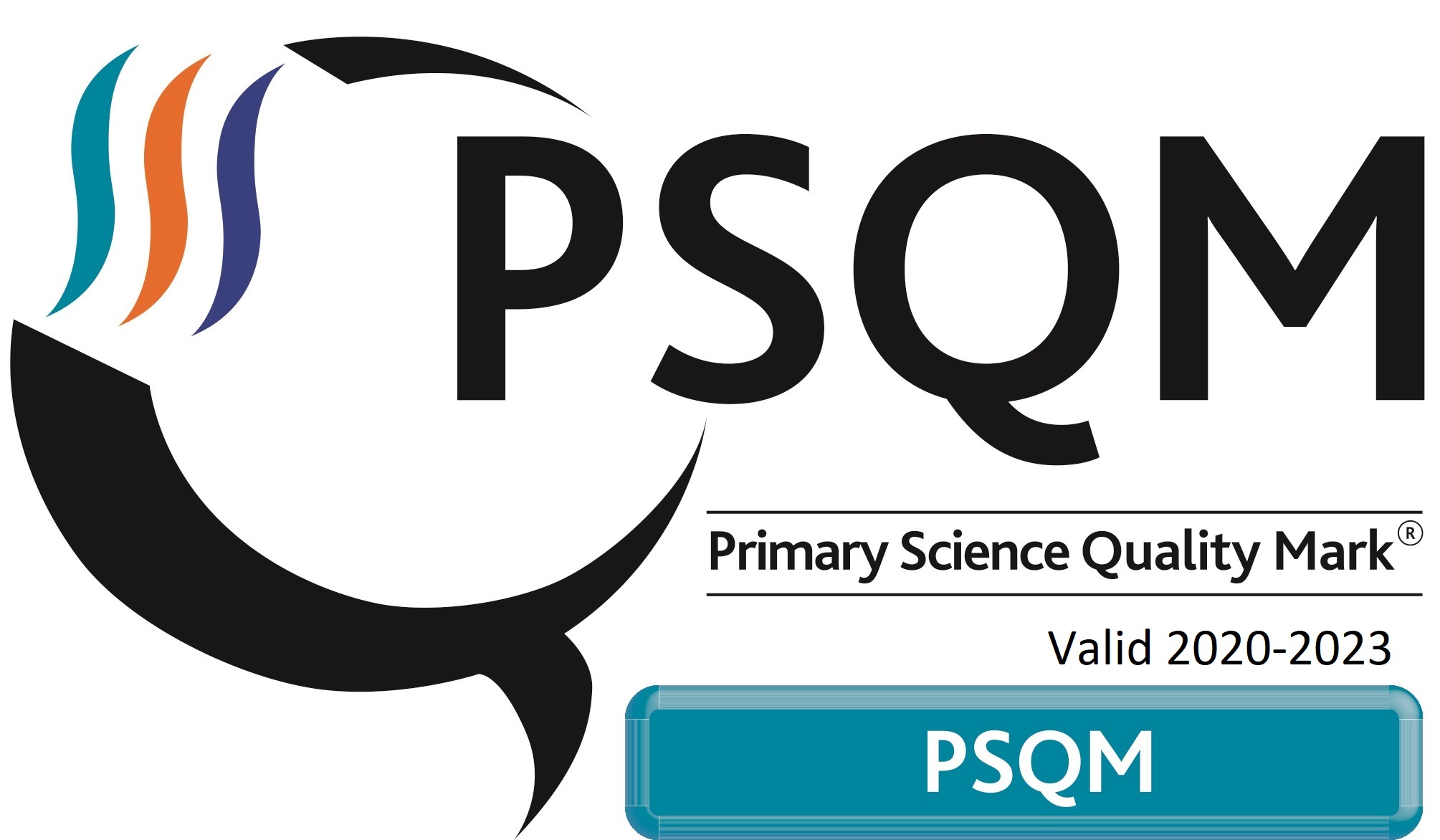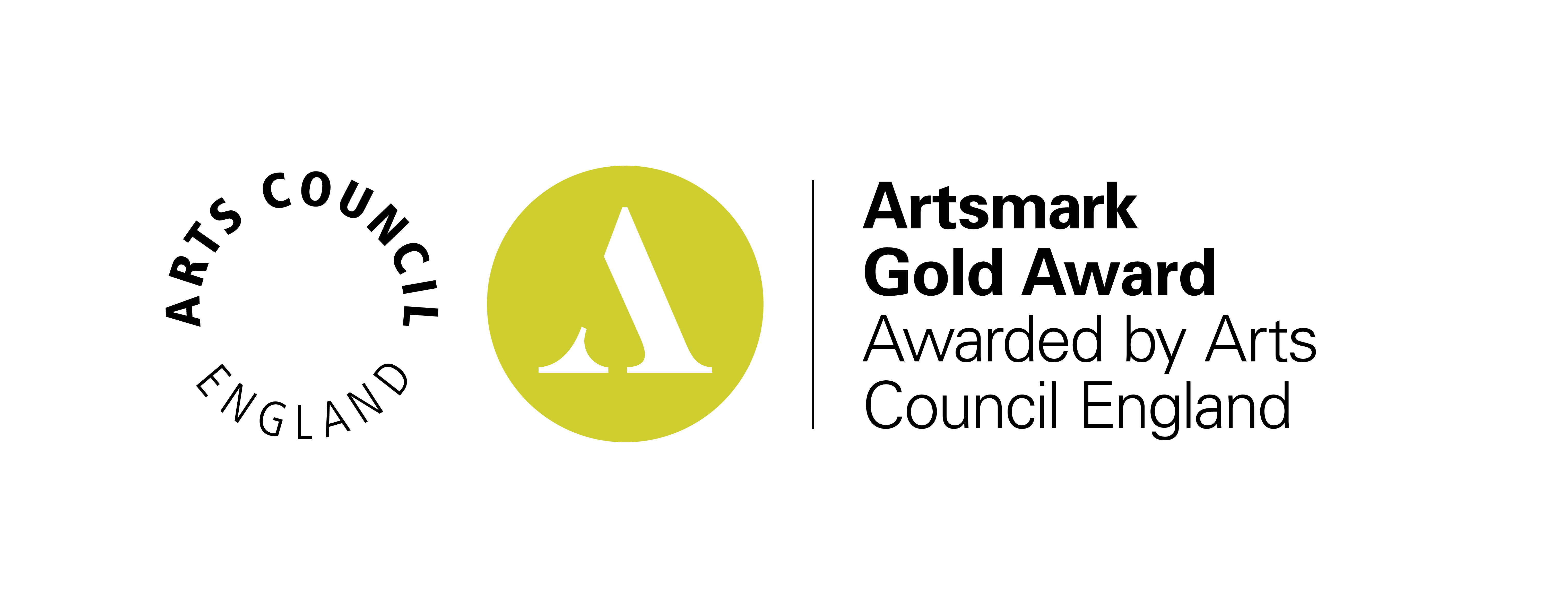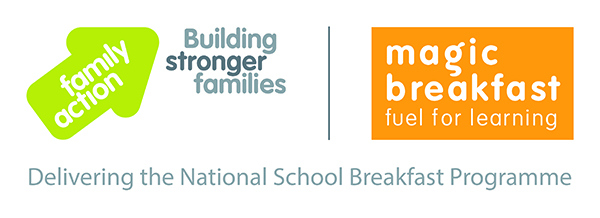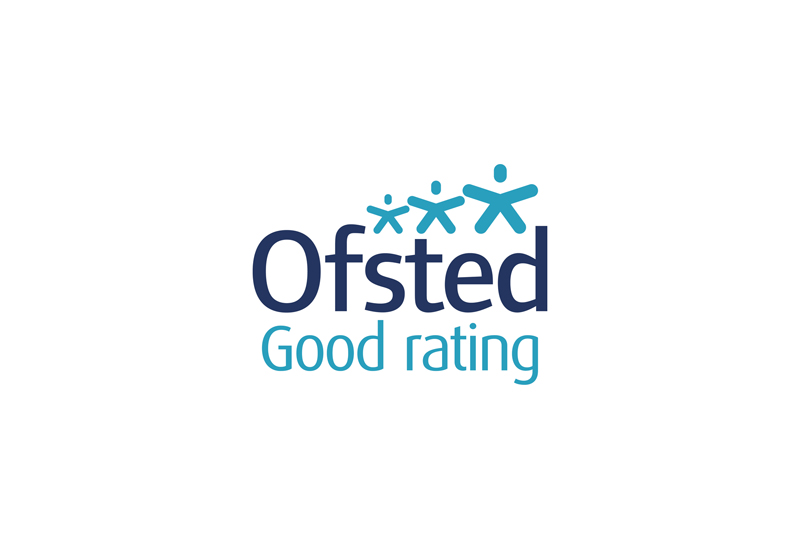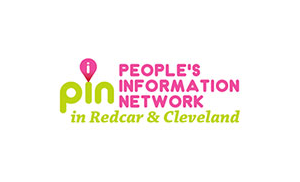Phonics
Sounds-Write
This synthetics phonics programme offers the classroom and special needs teacher an instructional method that works because, as the Rose Review recommended, it is a highly structured, cumulative, sequential, explicit and code-oriented instructional programme for teaching all children to read and spell. Sounds-Write provides the classroom practitioner with rigorous training in how to teach reading and spelling from the moment children begin their schooling in the Foundation Stage, throughout Key Stage 1 and into Key Stage 2. In addition, the programme also provides a highly successful intervention for special needs teachers working at primary, secondary and tertiary levels of education. Being able to read is the most important skill children learn during their early schooling and will have far-reaching implications for life-long confidence, well-being and ultimately gaining employment.
Why are we a Sounds – Write School?
Sounds-Write’s instructional method works effectively because it:
- can be easily implemented in the classroom with the minimum of expense, planning and preparation
- provides clearly structured, easy-to-follow lesson plans
- is developmentally appropriate for beginning readers in YR, Y1 and Y2
- offers fast and highly effective intervention for children at all levels who have fallen behind in their reading and spelling
- is a real phonic programme that teaches in simple steps how the sounds of the language are represented by the writing system
- places emphasis on giving practice that is grounded in physical, concrete experience of the ideas and conceptual understanding the pupils need to assimilate
- teaches the three essential skills of segmenting, blending and phoneme manipulation necessary for reading and spelling throughout the programme on a daily basis until all pupils achieve the automaticity that underlies the fluency of every successful reader.
Key Principles of Sounds-Write
- The programme is fundamentally anchored in the 44 sounds of the language and teaches the letters and combinations of letters (spellings) that are representations of those sounds. These sounds can be commonly represented in around 175 ways.
- It is important to teach children to make the connection between sounds and the way in which those sounds are represented.
- Children must be taught the skills of segmenting, blending and phoneme manipulation. These skills are fundamental to being able to use the alphabet code efficiently in fluent reading and spelling. In the Sounds-Write programme they are taught from the start, using techniques which ensure a high level of competency.
- It is a crucial and overriding goal to ensure that all pupils develop a clear and unambiguous understanding that words are composed of sounds and that sounds can be represented by spellings.
- By the end of the Initial Code, the broad band of pupils making average progress should be able to read any regular word and they should be able to successfully write little stories and recounts of a few sentences in length without adult support. Their spelling will be mainly phonetic and they will have the resourcefulness to write words containing vowel sounds that they have not yet encountered in their tuition.
- It is important to understand that the programme is cumulative: that is, whatever the pupils have been exposed to, whether it be practising their skills, learning the code or enhancing their conceptual knowledge of how the code works, will be encountered again and built upon in the next stage.
- There is ample opportunity for the pupils to rehearse aloud what they are learning. It is this repeated process that enables their access to the alphabet code knowledge and their phonemic skills to become totally automatic internalised processes.
- The Initial Code has eleven units. Almost all the units are taught with lessons 1-4. From unit 7 to 11, lesson 5 takes the place of lesson 1.
- For each teaching session, choose a variety of lessons from the main or follow-up lessons. Choose words from the word lists to teach each lesson. Keep up a good pace as some lessons only take a few minutes for each word. Move swiftly from one activity to the next to sustain pupils’ motivation and interest.
- By the end of reception, children are introduced to the Extended Code, where pupils learn that a spelling can represent more than one sound and that some sounds can be spelled in more that one way. There are two types of lessons in the Extended Code. Lessons 6-9 focus on the phonemic nature of the codes while lesson 10 focuses on the spelling of the sounds. Just as in the Initial Code, lessons should progress at a brisk pace with a variety of activities in each session.
Key Conceptual Knowledge of Sounds-Write
- Letters are spellings that represent sounds.
- A sound may be spelled by 1, 2, 3 or 4 letters. E.g. dog, street, night, dough
- The same sound can be spelled in more than one way. E.g. rain, break, gate, stay
- Many spellings can represent more than one sound. E.g. head, seat, break


